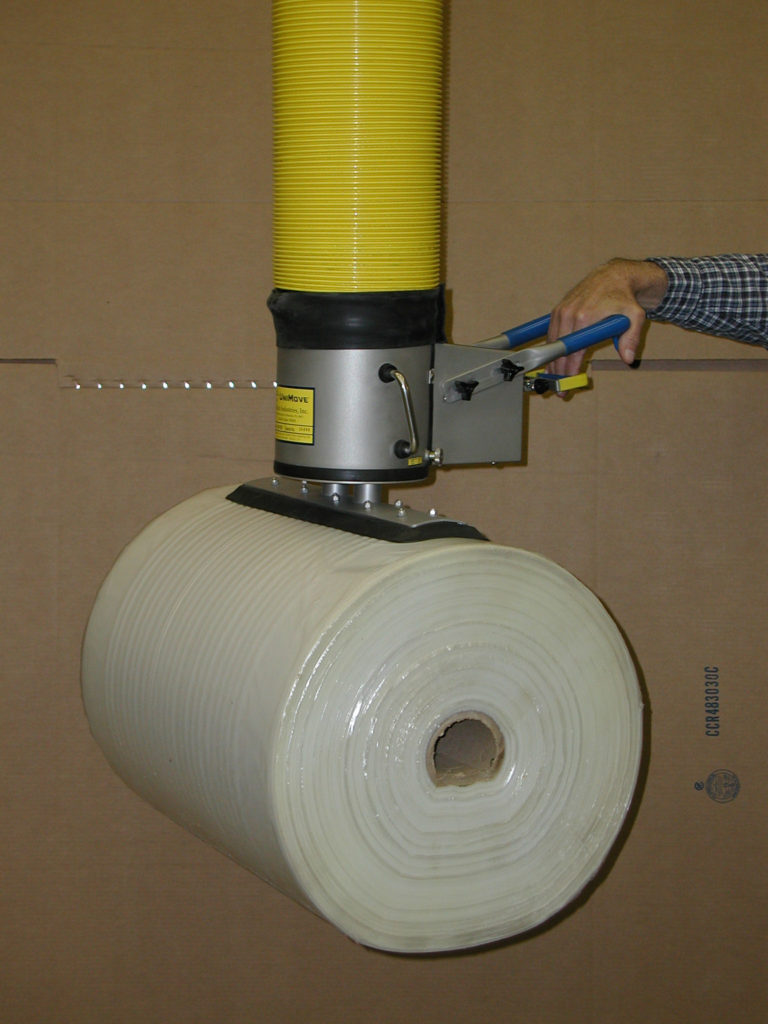 There is no simple answer to the question of how much weight a person should be lifting in the workplace. However, there is a variety of research to support that there is such a thing as too heavy, and that ergonomic lifting should be a priority. Why does weight matter? If a worker is being forced to lift more than they are capable of, they could hurt themselves or others. In fact, studies have shown that over 36 percent of injuries involving missed workdays were the result of shoulder and back damages.
There is no simple answer to the question of how much weight a person should be lifting in the workplace. However, there is a variety of research to support that there is such a thing as too heavy, and that ergonomic lifting should be a priority. Why does weight matter? If a worker is being forced to lift more than they are capable of, they could hurt themselves or others. In fact, studies have shown that over 36 percent of injuries involving missed workdays were the result of shoulder and back damages.
In most cases, cumulative trauma was the cause of these injuries. Cumulative trauma refers to damages that occur due to repetitive strain on muscles and nerves caused by improper technique or overuse. It is important to understand the weight limits within the workplace as well as have an ergonomic lifting plan in place to decrease the likelihood of cumulative trauma and reduce the number of work-related injuries.
The History of Lifting Limits
As mentioned before, there is not one universal limit for workplace lifting. However, there have been a wide range of numbers thrown out throughout time. In the 1930s, a New York foundry law set limits of 75 pounds for men and 50 pounds for women. Later, different rules emerged stating that individuals should not lift more than one-third of their bodyweight. Then, in 1982, a study showed that 80 percent of back injuries were associated with lifting more than 40 pounds.
By 1988, more than 30 countries had different mandates on what amount of weight was allowed during manual lifting. These rules ranged from 100 pounds to less than 20. In the United States today, there is not a formal limit on manual lifting, but there are procedures in place to help keep workers safe. The National Institute for Occupational Safety and Health (NIOSH) lists numerous factors that are considered risks when lifting, some of which include:
- How often you are lifting something
- Whether you bend or twist while lifting
- How high the object is held
- How long you hold the object
Ergonomic Lifting Plan
There are many ways to make workplace lifting safer for all employees. Using the parameters created by NIOSH, employers should consider the following factors to create an ergonomic lifting plan for workers:
- Lift with legs and not back
- Lift with the load held close to the body
- Do not lift higher than waist height
- Do not twist or bend while lifting
If all these practices are employed, the typical industrial worker could lift about 51 pounds without significant risk of injury. If one or more of these are not followed, the amount of weight that can be safely lifted will decrease. It is important to train and educate workers on proper methods and the risks involved with heavy lifting so that they are ready informed when the situation arises. Employees who understand the risks of lifting objects or loads that are too heavy and potentially hazardous are more likely to follow an ergonomic lifting plan.
Ergonomic Lifting Solutions
Does your workplace require a lot of heavy lifting? UNIMOVE, LLC is the original US manufacturer of ergonomic vacuum tube lifters. UniMove’s controls are ergonomically designed, eliminate lifting-related back injuries, and minimize operator fatigue, especially in the wrist, in repetitive lifting tasks. We have designed the UniMove with hand controls that are fully adjustable and in an orientation that promotes a healthy wrist angle throughout the lifting range. UniMove takes the planning out of ergonomic workplace lifting by automating all lifting scenarios. If you are interested in learning more, contact us today!
